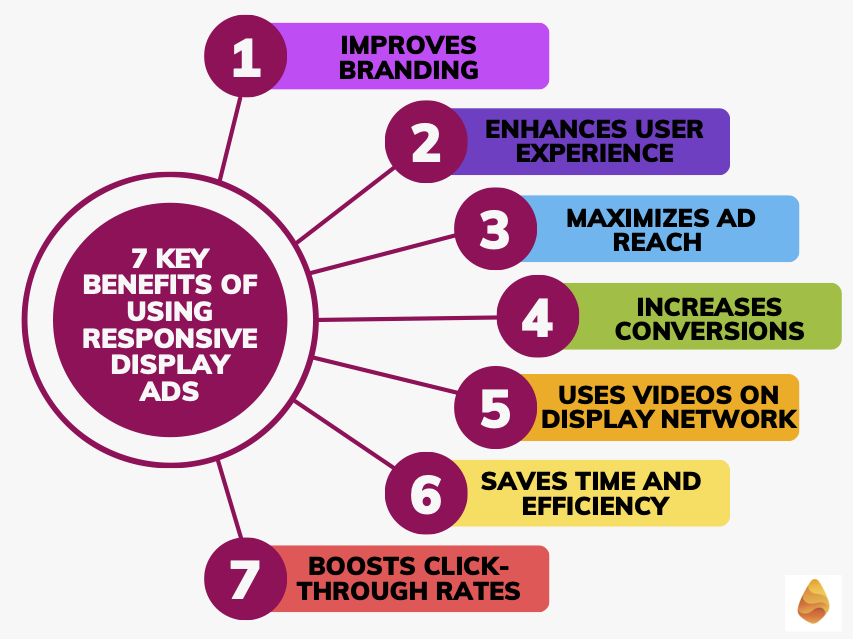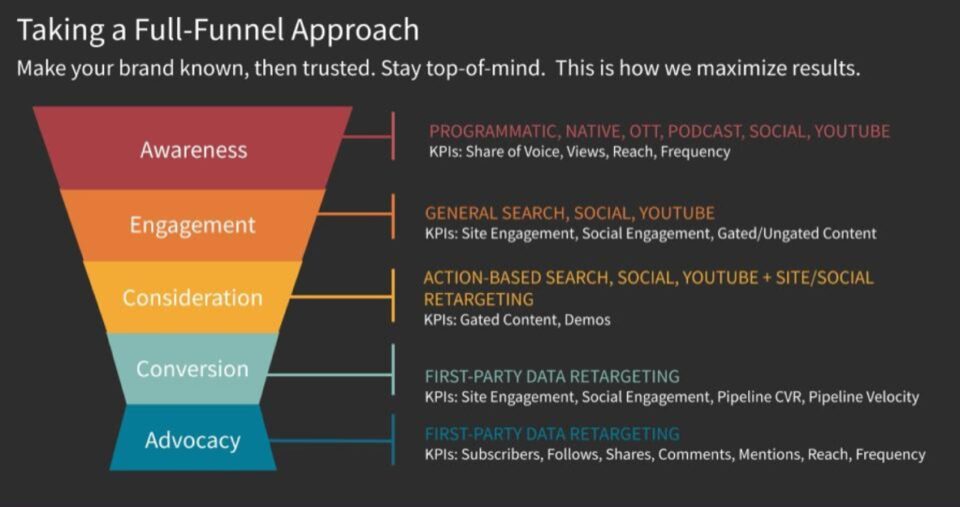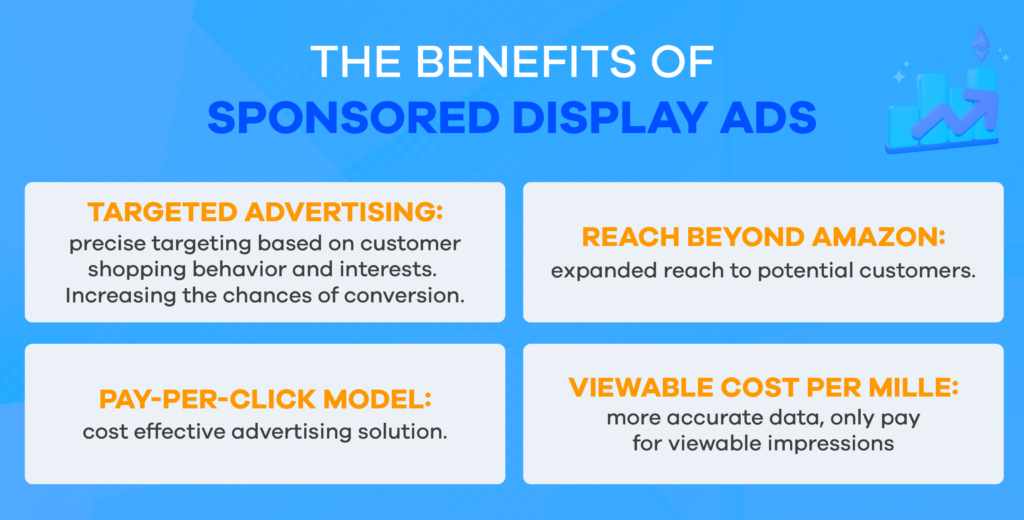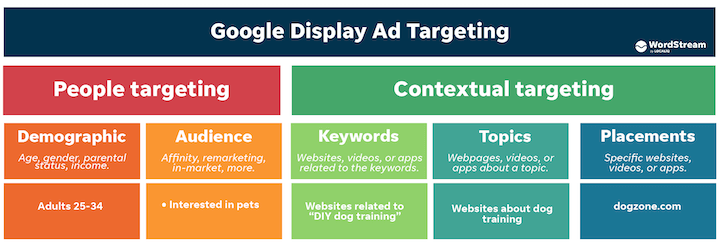Unleash the power of display ads with these 10 expert tips to boost engagement and drive conversions on your website.

Image courtesy of via DALL-E 3
Table of Contents
Introduction to Display Ads
Display ads are a crucial part of online advertising that help businesses reach their target audience and promote their products or services. These ads come in various forms and can be seen on websites, apps, and social media platforms. In this section, we will explore what display ads are and why they play a significant role in online marketing.
What Are Display Ads?
Display ads are visual advertisements that appear on websites or apps in the form of images, videos, or interactive media. They are designed to attract the attention of users and encourage them to click on the ad to learn more or take action. For example, display ads can be banner ads at the top of a website or sidebar ads on a blog page.
Importance of Display Ads
Businesses use display ads to increase brand awareness, drive traffic to their websites, and ultimately boost sales. These ads allow companies to target specific demographics and interests, ensuring that their message reaches the right audience. Display ads can be highly effective in capturing the attention of potential customers and influencing their purchasing decisions.
Creating Eye-Catching Display Ads
When it comes to online advertising, one of the key factors in grabbing people’s attention is the design of your display ads. To make sure your ads stand out and attract viewers, it’s essential to pay attention to the design elements. Let’s explore some tips on creating eye-catching display ads.
Choosing the Right Colors
Colors play a significant role in how people perceive and engage with an ad. Certain colors can evoke specific emotions and grab attention more effectively than others. For example, using bright and bold colors like red or yellow can create a sense of urgency, while cool colors like blue or green can convey a sense of calmness. Experiment with different color schemes to see what resonates best with your target audience and aligns with your brand identity.
Using Engaging Graphics
High-quality images and graphics are essential for making your display ads visually appealing. When selecting images, make sure they are relevant to the message you want to convey. Eye-catching visuals can help draw viewers in and entice them to learn more about your product or service. Avoid using generic stock photos and opt for authentic and unique graphics that reflect your brand’s personality.
Crafting Compelling Ad Copy
When it comes to creating effective display ads, the headline plays a crucial role in grabbing the viewer’s attention. A strong headline should be clear, concise, and compelling. It should make the viewer curious and entice them to read more. Using action words and conveying a sense of urgency can also help make your headline more engaging.

Image courtesy of www.singlegrain.com via Google Images
Effective Calls to Action
A call to action is a powerful tool in ad copy that prompts the viewer to take a specific action, such as “Buy Now” or “Learn More.” It is essential to make your call to action clear, direct, and actionable. Use persuasive language that encourages the viewer to act immediately. By creating a sense of urgency, you can increase the likelihood of conversions and drive more engagement with your display ads.
Targeting the Right Audience
Reaching the right audience is crucial when it comes to maximizing the impact of your display ads. If you show your ads to the wrong people, they might not be interested in what you have to offer. Let’s dive into the key factors to consider when targeting the right audience.
Understanding Your Audience
Before you can effectively target your audience, you need to understand who they are and what they care about. Consider their demographics, such as age, gender, location, and interests. By identifying these characteristics, you can tailor your ads to resonate with your target audience.
Using Demographics and Interests
Demographic information and interests play a significant role in targeting the right audience for your display ads. For example, if you are selling sports equipment, you might want to target individuals who have shown an interest in sports or fitness. By leveraging this data, you can ensure that your ads are shown to the people most likely to engage with them.
Placement and Timing of Display Ads
When it comes to placing display ads, it’s crucial to select websites and platforms where your target audience spends their time. Think about what websites they visit frequently and what kind of content they engage with. By choosing the right websites, you increase the chances of your ads being seen by the right people.

Image courtesy of coalitiontechnologies.com via Google Images
Best Times to Display Ads
The timing of your display ads can significantly impact their performance. Consider when your target audience is most active online and schedule your ads to appear during those times. For example, if you’re targeting working professionals, evenings and weekends might be the best times to display your ads when they are more likely to be online.
Measuring Ad Performance
In order to determine how well your display ads are performing, it’s crucial to track and measure their success using key metrics and analytics tools. By understanding the data, you can make informed decisions on how to optimize and improve your ads for maximum impact.
Understanding Key Metrics
Key metrics are essential tools that help you gauge the effectiveness of your display ads. These metrics include:
- Clicks: The number of times users click on your ad.
- Impressions: The number of times your ad is displayed on a webpage.
- Conversions: The number of users who take the desired action after clicking on your ad, such as making a purchase or signing up for a newsletter.
By analyzing these metrics, you can better understand how users are interacting with your ads and make adjustments accordingly to improve performance.
Using Analytics Tools
Analytics tools are valuable resources that can help you track and analyze the performance of your display ads. Some simple analytics tools include:
- Google Analytics: A powerful tool that provides detailed insights into website traffic, user behavior, and conversion rates.
- Facebook Ads Manager: Ideal for analyzing the performance of ads on the Facebook platform, including reach, engagement, and conversions.
- Twitter Analytics: Helps track the performance of Twitter ads, including clicks, retweets, and impressions.
By utilizing these analytics tools, you can gain valuable insights into how your display ads are performing and make data-driven decisions to optimize your advertising strategy.
Optimizing Your Display Ads
After launching your display ads, it’s essential to continuously optimize them to ensure they are performing at their best. Optimization involves making changes based on the data you gather about how your ads are doing. By testing different elements and adjusting accordingly, you can improve the effectiveness of your display ads.

Image courtesy of eva.guru via Google Images
A/B Testing
A/B testing is a helpful technique that involves creating two versions of an ad with one varying element. This could be the headline, image, color scheme, or call to action. The two versions are then shown to different segments of your audience to see which performs better. By comparing the results, you can determine which elements are most effective and make informed decisions about future ad designs.
Adjusting Based on Results
Once you’ve gathered data from your A/B tests or other performance metrics, it’s important to use that information to make adjustments to your display ads. If you find that one version of an ad outperforms the other, for example, you can incorporate the winning elements into future ads. By constantly analyzing the data and making tweaks based on what you learn, you can steadily improve the effectiveness of your display ads over time.
Common Mistakes to Avoid
When it comes to display advertising, it’s important to be mindful of common pitfalls that can hinder the effectiveness of your ads. By avoiding these mistakes, you can maximize the impact of your campaigns and reach your desired audience more effectively. Here are some common mistakes to steer clear of:
Ignoring Mobile Users
One of the biggest mistakes you can make in display advertising is neglecting the mobile audience. With an increasing number of users accessing the internet via smartphones and tablets, it’s essential to design ads that are mobile-friendly. Make sure your ads are optimized for various screen sizes and load quickly on mobile devices. By catering to mobile users, you can expand your reach and engage with a broader audience.
Overloading with Information
Another mistake to avoid is overwhelming viewers with too much information in your ads. Remember, you only have a few seconds to capture someone’s attention, so keep your message clear and concise. Avoid cluttering your ad with excessive text or graphics that may distract from the main message. Instead, focus on a simple, compelling message that conveys the key benefits of your product or service. By keeping your ads clean and to the point, you can effectively communicate with your audience and drive better results.
Conclusion
In conclusion, display ads are a crucial component of online advertising that can greatly impact your business’s success. By understanding the best practices outlined in this article, you can maximize the effectiveness of your display ads and reach your target audience more effectively.

Image courtesy of www.wordstream.com via Google Images
Remember, when creating eye-catching display ads, it’s essential to focus on design elements like colors and graphics that capture attention. Crafting compelling ad copy with strong headlines and effective calls to action can also help drive engagement and conversions.
Targeting the right audience is key to the success of your display ads. By understanding your audience’s demographics and interests, you can tailor your ads to resonate with them. Additionally, strategic placement and timing of your ads can further enhance their visibility and impact.
Measuring ad performance is vital for optimizing your display ads. By tracking key metrics and using analytics tools, you can gain valuable insights into how well your ads are performing and make data-driven decisions to improve them.
Optimizing your display ads through A/B testing and adjusting based on results is essential for continuous improvement. By learning from common mistakes to avoid, such as ignoring mobile users and overloading with information, you can refine your ad strategy for better results.
By following these best practices and staying informed about the latest trends and techniques in display advertising, you can set your business up for success in the digital landscape.
Want to turn these SEO insights into real results? Seorocket is an all-in-one AI SEO solution that uses the power of AI to analyze your competition and craft high-ranking content.
Seorocket offers a suite of powerful tools, including a Keyword Researcher to find the most profitable keywords, an AI Writer to generate unique and Google-friendly content, and an Automatic Publisher to schedule and publish your content directly to your website. Plus, you’ll get real-time performance tracking so you can see exactly what’s working and make adjustments as needed.
Stop just reading about SEO – take action with Seorocket and skyrocket your search rankings today. Sign up for a free trial and see the difference Seorocket can make for your website!
FAQs
What Are Display Ads?
Display ads are like online posters or banners that businesses use to promote their products or services. They can come in different shapes and sizes, and you might see them while browsing websites or using apps. These ads are eye-catching and are meant to grab your attention!
How Do I Know If My Display Ads Are Working?
If your display ads are working well, you might notice more people clicking on them, visiting your website, or even making a purchase. You can also keep an eye on important metrics like clicks, impressions, and conversions. These numbers can give you an idea of how successful your ads are.
What Is A/B Testing?
A/B testing is like a little experiment to see which version of your ads works better. You show one version (A) to one group of people and another version (B) to a different group. By comparing the results, you can learn what changes make your ads more effective. It’s a cool way to improve your ads!







